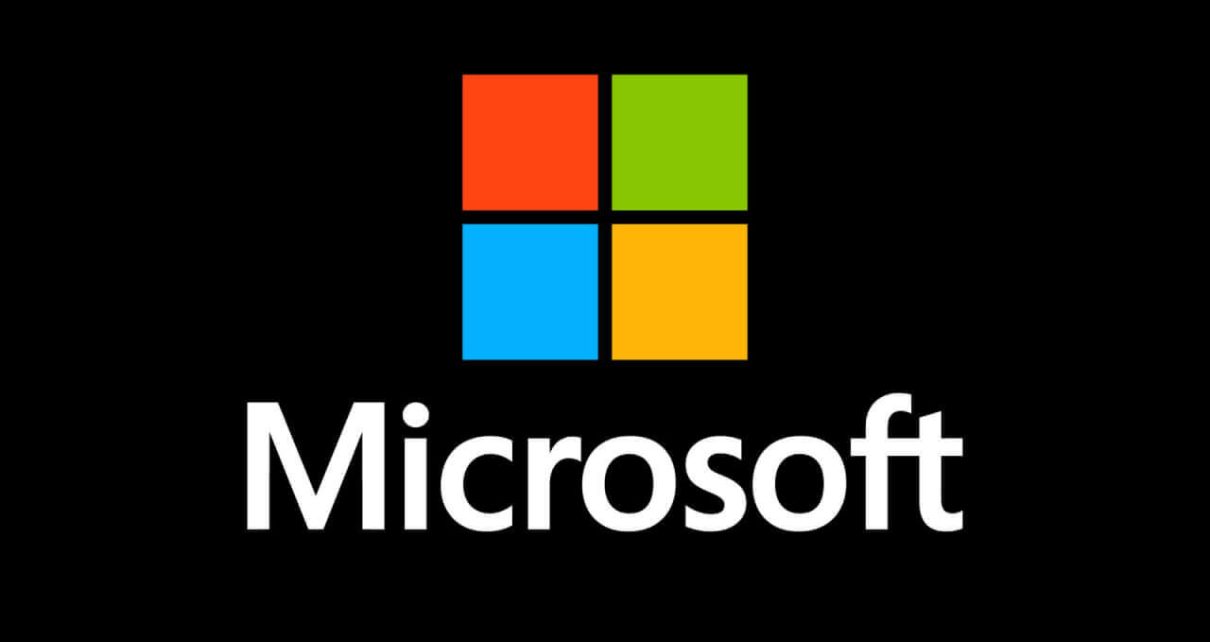Introduction to Microsoft’s decision
In a surprising move that has left many users scratching their heads, Microsoft is pulling the plug on an app that has been a staple in the tech world for two decades. It’s hard to believe that something so familiar could suddenly become obsolete. This decision marks the end of an era for countless individuals and businesses who have relied on this application as part of their daily routines. As we dive into this development, let’s explore the history behind this beloved app, what led to its demise, and what it means for technology moving forward. The digital landscape is always evolving, and change can be both exhilarating and daunting.
The history of the app and its features
The app in question made its debut two decades ago, bringing innovation to personal and professional spaces. Originally designed for simplicity, it quickly became a go-to tool for countless users.
Over the years, it evolved with various features that enhanced productivity. Users enjoyed seamless integration with other Microsoft products, making collaboration easier than ever before.
One standout feature included robust task management tools that allowed teams to track projects efficiently. Its user-friendly interface attracted even those who weren’t tech-savvy.
As technology advanced, the app adapted by incorporating cloud support and mobile accessibility. This ensured users could stay connected on-the-go.
Despite its many strengths, changes in user needs have shifted focus towards more modern solutions. The landscape of digital applications has transformed dramatically since its inception.
Reasons behind Microsoft’s decision
Microsoft’s decision to pull the plug on this long-standing app stems from several strategic factors.
First, technology evolves rapidly, and maintaining older software can drain resources. The focus has shifted towards developing more advanced tools that better meet contemporary user needs.
Second, market dynamics play a role. With new competitors emerging daily, Microsoft aims to streamline its offerings to stay relevant in an aggressive landscape.
Another point of consideration is security. Legacy apps often become vulnerable over time as they are not equipped with modern safeguards against cybersecurity threats.
User feedback also influenced this choice. Many loyal customers expressed a desire for features that align with current trends rather than clinging to outdated functionalities.
Microsoft’s move reflects a commitment to innovation and efficiency while paving the way for newer solutions tailored for today’s digital environment.
Impact on users and alternative options
The decision to discontinue the app will leave many users feeling unsettled. For two decades, it has been a reliable tool for countless individuals and businesses. Its sudden removal disrupts established workflows and routines.
Users who have relied on this application for critical tasks must now seek alternatives quickly. This can be daunting, especially if they’ve invested significant time learning its features.
Fortunately, several options are available in the market. Many newer applications offer similar functionalities with updated designs and enhanced capabilities. Transitioning may require some adjustment but can lead to discovering innovative tools that better serve evolving needs.
Support communities online can also provide assistance during this transition period. Engaging with forums or social media groups dedicated to technology often yields valuable insights from fellow users facing similar challenges.
What this means for the future of technology
Microsoft’s decision to pull the plug on a long-standing app signals a shift in the tech landscape. As companies evolve, they often streamline their offerings to focus on innovation and efficiency.
This move encourages other developers to rethink their strategies. Legacy applications may no longer fit into fast-paced environments that prioritize agility and user experience.
The future of technology will likely see more adaptive solutions. Businesses need to embrace change rather than cling to outdated tools.
Moreover, this trend could pave the way for new technologies. Emerging platforms may fill gaps left by discontinued services, fostering creativity among developers.
As users adjust, adaptability becomes crucial. Embracing new technologies can lead to better productivity and enhanced experiences in our digital lives.
Change is now an integral part of technological advancement, shaping what we use every day. The question remains: how will users respond?
The importance of adapting to change in the digital world
Adapting to change is crucial in today’s digital landscape. Technology evolves rapidly, and businesses must keep pace or risk obsolescence.
With every innovation comes an opportunity for growth. Embracing new tools can streamline processes and enhance productivity. Change often brings fresh perspectives that spark creativity.
Users expect constant updates and improvements from their favorite software. Companies that fail to adapt may lose relevance, as customers seek better solutions elsewhere.
Staying flexible allows organizations to pivot when necessary. This agility fosters resilience, enabling them to navigate challenges effectively.
Moreover, embracing change encourages a culture of learning within teams. It inspires continuous development and keeps skills sharp in an ever-shifting environment.
In the end, those who embrace transformation will thrive while others struggle to catch up in a world defined by its relentless progress.
Conclusion: Reflecting on the evolution of technology and moving forward
Reflecting on the evolution of technology often reveals a landscape marked by rapid change and innovation. Microsoft’s decision to discontinue an app that has been around for two decades highlights this reality. As we embrace new technologies, it becomes essential to recognize not only what is being left behind but also the opportunities that lie ahead.
Adapting to these shifts can be challenging for users who have relied on familiar tools over the years. However, each transition opens doors to fresh experiences and enhanced functionalities provided by newer alternatives. The digital world evolves at a breakneck pace, urging users to stay agile and open-minded.
As we move forward, it’s crucial for both individuals and businesses to cultivate resilience amidst this constant flux. Embracing change will enable us all to harness the benefits of emerging technologies while ensuring that our skills remain relevant in an increasingly dynamic environment.
This era of innovation offers countless possibilities and exciting prospects for those willing to explore beyond their comfort zones. While saying goodbye can be bittersweet, it also paves the way for new beginnings in our technological journeys.



